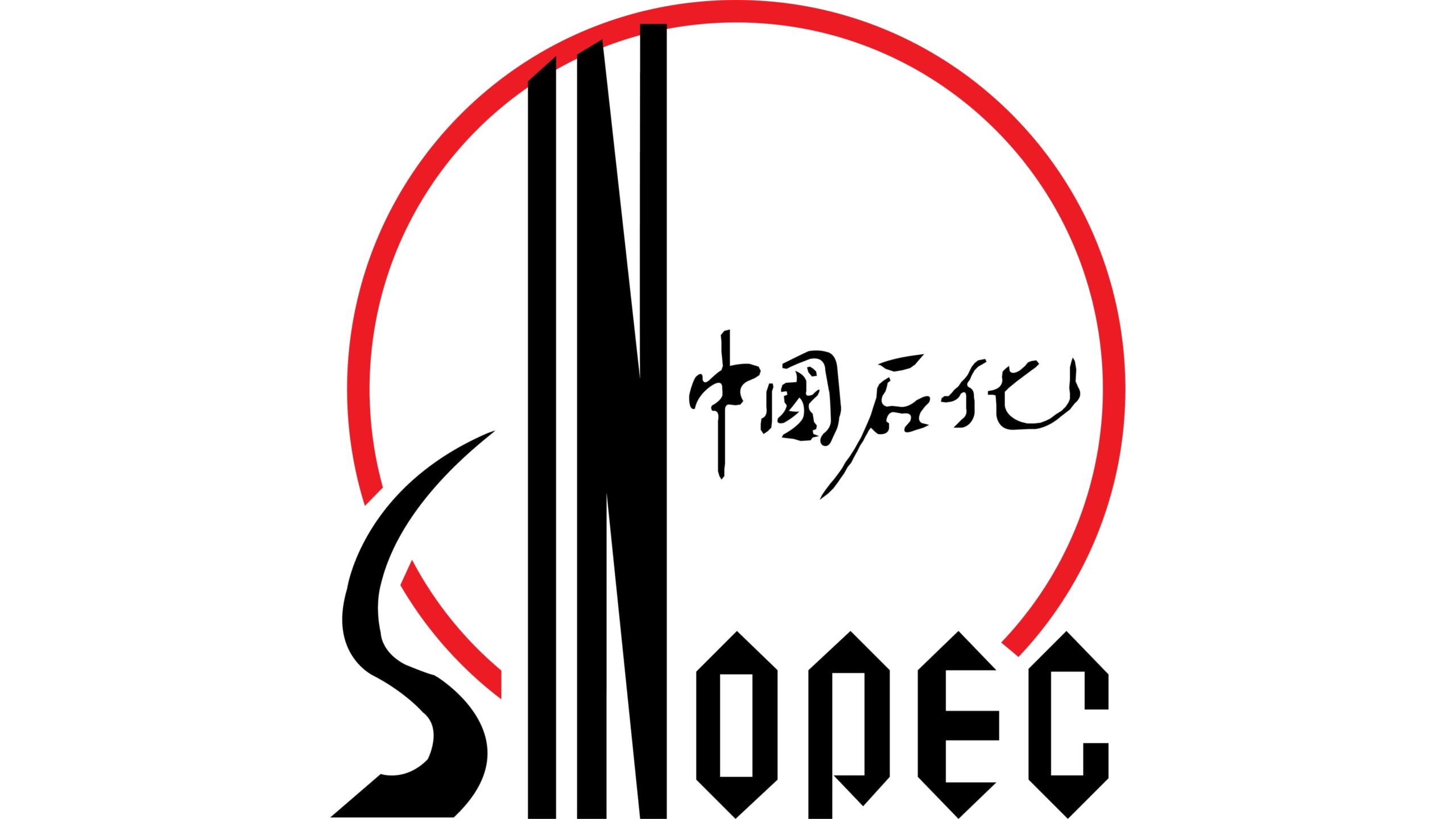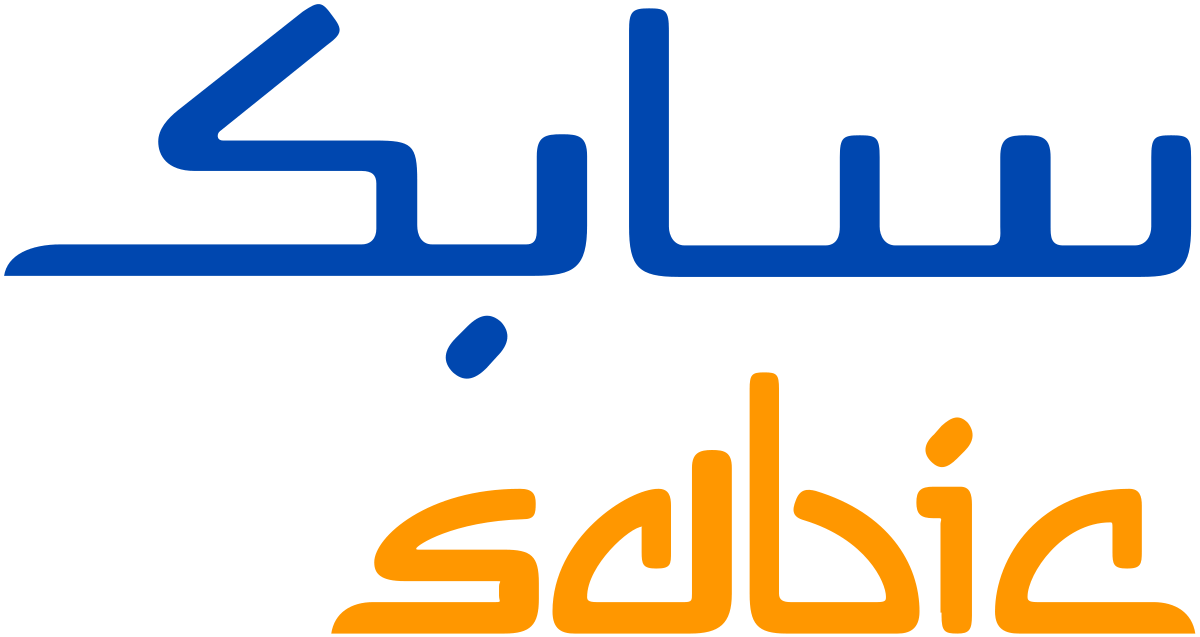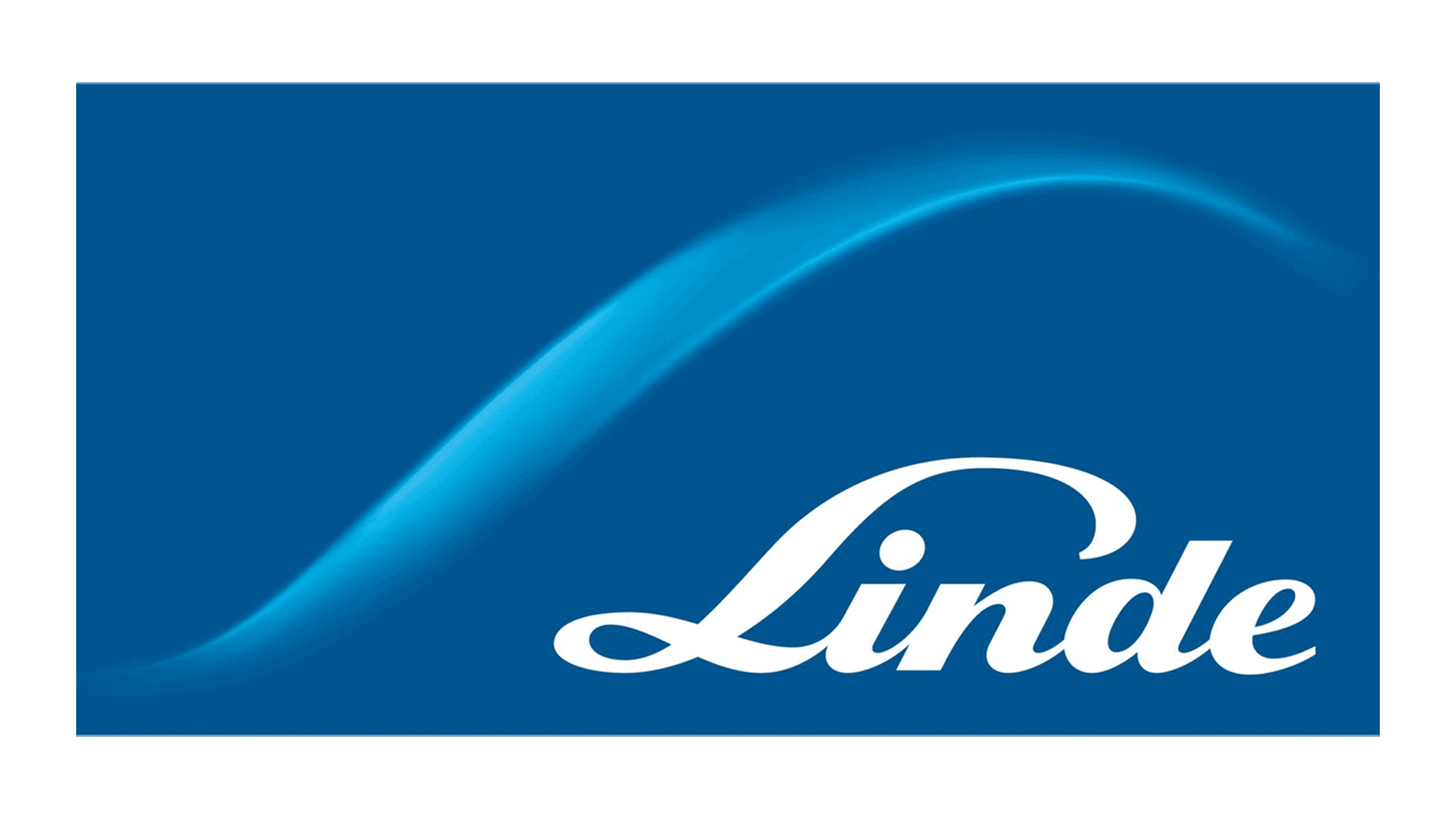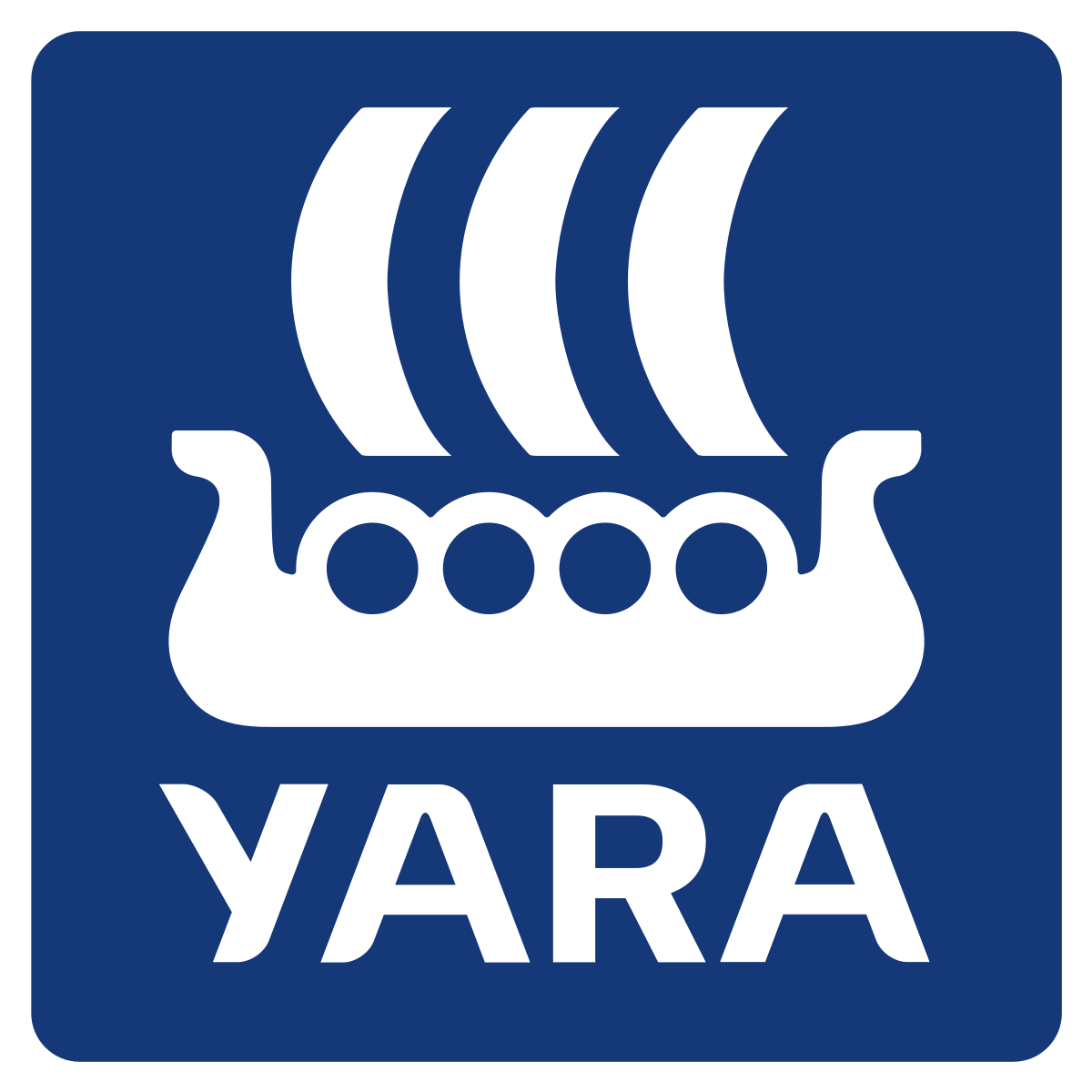Global Hydrosol Market By Product, By Source, By End-Use, By Region: Segmental Trends and Forecast, 2015 – 2031
- Industry: Chemicals & Materials
- Report ID: TNR-110-907
- Number of Pages: 420
- Table/Charts : Yes
- November, 2023
- Base Year : 2024
- No. of Companies : 9+
- No. of Countries : 29
- Views : 10287
- Covid Impact Covered: Yes
- War Impact Covered: Yes
- Formats : PDF, Excel, PPT
Global Hydrosol Market Recorded Revenue Worth US$ 684.5 Million in 2022, Projected to Gain CAGR of 5.0% from 2023-2031.
A hydrosol, also known as a floral water or herbal distillate, is a byproduct of the steam distillation process used to extract essential oils from plants. During distillation, steam passes through plant material, capturing both volatile aromatic compounds and water-soluble components. The condensed steam, containing these compounds, is collected as a hydrosol. Hydrosols have a milder aroma than essential oils and retain therapeutic properties of the plant, making them suitable for skincare, aromatherapy, and culinary uses. They are water-based and can be sprayed directly on the skin, added to baths, or used as natural fragrances. Hydrosols offer a gentler alternative to essential oils and have gained popularity for their versatility in various applications.
In the global hydrosol market, conventional hydrosols establish dominance due to their extensive use across industries. These Hydrosols are widely preferred due to their established availability and cost-effectiveness. Industries such as food, cosmetics, and personal care significantly contribute to the preference for conventional variants. However, organic hydrosols are projected to gain momentum during 2023 – 2031, with rising need to prioritize environmental sustainability and to reduce exposure to synthetic chemicals.
Global Hydrosol Market Revenue & Forecast, (US$ Million), 2015 – 2031

COVID-19 Impact Analysis on Global Hydrosol Market
The hydrosol market experienced distinct shifts before and after the COVID-19 pandemic. Prior to the outbreak, the market was steadily growing, buoyed by rising consumer interest in natural and organic products, including skincare and aromatherapy. The trend towards healthier and sustainable lifestyles was driving demand for hydrosols as well. However, the post-COVID-19 landscape witnessed significant changes. The pandemic’s emphasis on health and well-being prompted a surge in demand for natural products, including hydrosols, perceived for their potential therapeutic benefits.
Consumers sought out products that offered a sense of comfort and holistic wellness. This led to an increased interest in hydrosols, particularly those with anti-inflammatory and calming properties, influencing their application in various industries beyond cosmetics. As the world continues to prioritize wellness and natural solutions, the Hydrosol Market is expected to continue adapting to evolving consumer preferences and demands.

A significant driver of the hydrosol market is the escalating demand for natural and organic products. Consumer surveys conducted by health and wellness organizations reveal a growing preference for products with fewer synthetic additives. The Organic Trade Association reports a consistent increase in organic product sales, emphasizing the trend. Hydrosols, being natural byproducts of essential oil distillation, align with this preference. Their incorporation into skincare, personal care, and aromatherapy products is endorsed by consumer awareness of the potential benefits of botanical ingredients, driving manufacturers to cater to this rising demand for nature-inspired solutions.
A notable restraint on the hydrosol market is the limited awareness and misconceptions surrounding hydrosols. Surveys indicate that a significant portion of consumers lacks familiarity with hydrosols and their applications. This lack of understanding is compounded by misconceptions that they are simply byproducts or less potent than essential oils. Industry education initiatives are necessary to dispel these notions and raise awareness about the diverse uses and potential benefits of hydrosols. Overcoming this challenge is crucial for unlocking the market’s full potential and enhancing consumer confidence in integrating hydrosols into their daily routines.

North America dominated the global hydrosol market in 2022 According to the European Medicines Agency (EMA), herbal medicines account for a significant share of the region’s healthcare practices. Industry surveys conducted by reputable research firms reveal that over 50% of European consumers prefer natural remedies. This preference is further reinforced by the European Herbal & Traditional Medicine Practitioners Association, emphasizing Europe’s robust tradition of utilizing botanical solutions.
Report Coverage and Deliverables:
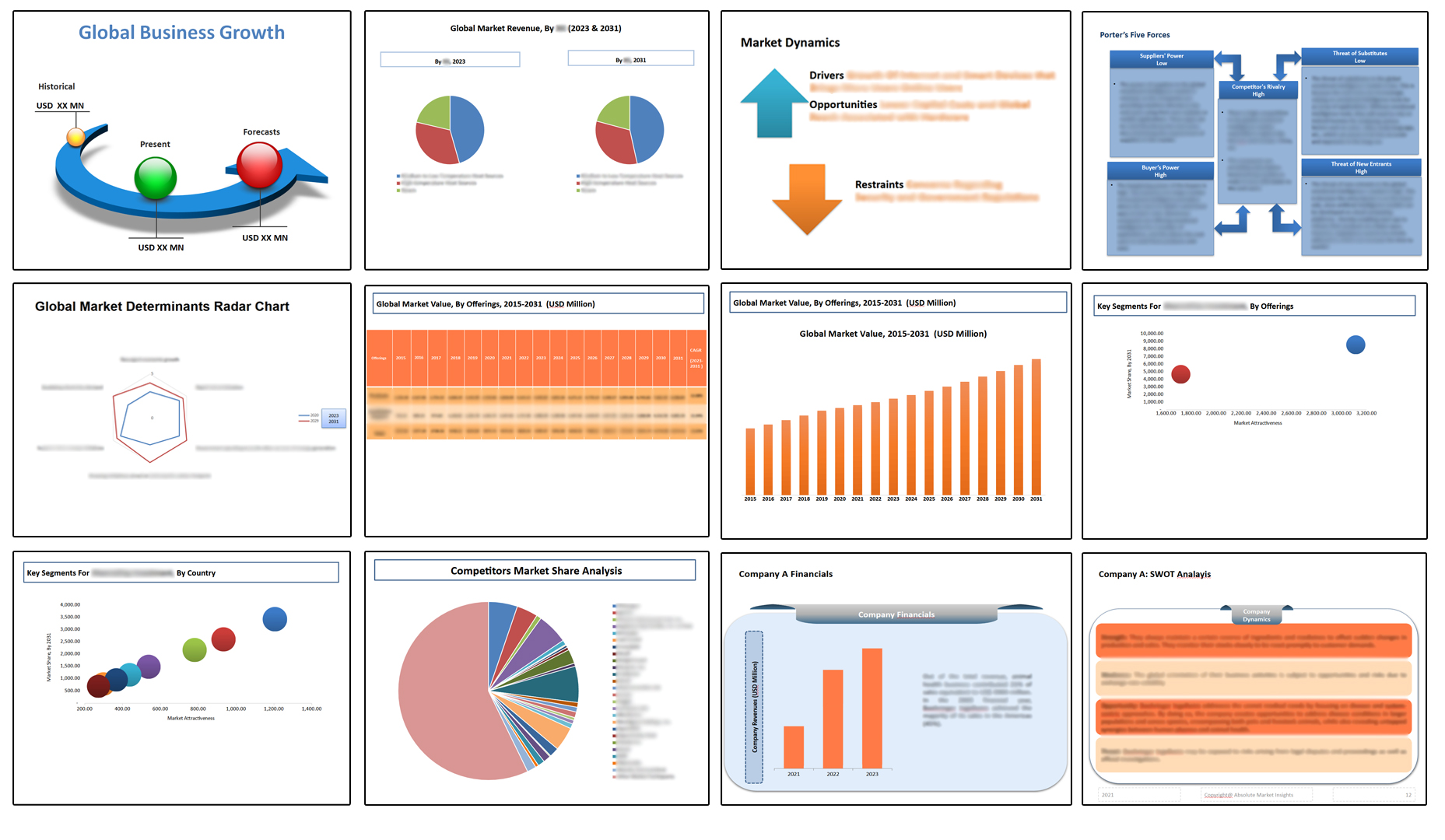
Competitive Landscape
The report provides both, qualitative and quantitative research of global hydrosol market, as well as provides comprehensive insights and development methods adopted by the key contenders. The report also offers extensive research on the key players in this market and details on the competitiveness of these players. Key business strategies such as mergers and acquisitions (M&A), affiliations, collaborations, and contracts adopted by these major market participants are also recognized and analyzed in the report. For each company, the report studies their global presence, competitors, service offerings and specification amongst others.
A few of the key participants operating in the global hydrosol market are
- Aromatics International
- Avi Naturals
- Eden Botanicals
- Florihana Distillerie
- Green Valley Aromatherapy
- Hydrosol GmbH & Co. KG
- Moksha Lifestyle
- Mountain Rose Herbs
- Plant Therapy
- Sydney Essential Oil Company
- Other Industry Participants
Global Hydrosol Market Report Coverage
| Report Specifications | Details |
| Market Revenue in 2022 | US$ 684.5 Million |
| Market Size Forecast by 2031 | US$ 1,072 Million |
| Growth Rate (CAGR) | 5% |
| Historic Data | 2015 – 2021 |
| Base Year for Estimation | 2022 |
| Forecast Period | 2023 – 2031 |
| Report Inclusions | Market Size & Estimates, Market Dynamics, Competitive Scenario, Trends, Growth Factors, Market Determinants, Key Investment Segmentation, Product/Service/Solutions Benchmarking |
| Segments Covered | By Product, By Source, By End-Use |
| Regions Covered | North America, Europe, Asia Pacific, Middle East & Africa, Latin America |
| Countries Covered | U.S., Canada, Mexico, Rest of North America, France, The UK, Spain, Germany, Italy, Nordic Countries (Denmark, Finland, Iceland, Sweden, Norway), Benelux Union (Belgium, The Netherlands, Luxembourg), Rest of Europe, China, Japan, India, New Zealand, Australia, South Korea, Southeast Asia (Indonesia, Thailand, Malaysia, Singapore, Rest of Southeast Asia), Rest of Asia Pacific, Saudi Arabia, UAE, Egypt, Kuwait, South Africa, Rest of Middle East & Africa, Brazil, Argentina, Rest of Latin America |
| Key Players | Aromatics International, Avi Naturals, Eden Botanicals, Florihana Distillerie, Green Valley Aromatherapy, Hydrosol GmbH & Co. KG, Moksha Lifestyle, Mountain Rose Herbs, Plant Therapy, Sydney Essential Oil Company, Other Industry Participants |
| Customization Scope | Customization allows for the inclusion/modification of content pertaining to geographical regions, countries, and specific market segments. |
| Pricing & Procurement Options | Explore purchase options tailored to your specific research requirements |
| Contact Details | Consult With Our Expert
Japan (Toll-Free): – +81 663-386-8111 South Korea (Toll-Free): – +82-808- 703-126 Saudi Arabia (Toll-Free): – +966 800 850 1643 United States: +1 302-232-5106 United Kingdom: +447537105080 E-mail: askanexpert@thenicheresearch.com
|
Global Hydrosol Market
By Product
- Organic
- Conventional
By Source
- Rose Germanium
- Lavender
- NeroliGlobal Hydrosol Market
- Rose
- Peppermint
- Others
By End-Use
- Food & Beverage
- Cosmetics & Personal Care
- Aromatherapy
- Pharmaceuticals
- Others
By Region
- North America (U.S., Canada, Mexico, Rest of North America)
- Europe (France, The UK, Spain, Germany, Italy, Nordic Countries (Denmark, Finland, Iceland, Sweden, Norway), Benelux Union (Belgium, The Netherlands, Luxembourg), Rest of Europe
- Asia Pacific (China, Japan, India, New Zealand, Australia, South Korea, Southeast Asia (Indonesia, Thailand, Malaysia, Singapore, Rest of Southeast Asia), Rest of Asia Pacific)
- Middle East & Africa (Saudi Arabia, UAE, Egypt, Kuwait, South Africa, Rest of Middle East & Africa)
- Latin America (Brazil, Argentina, Rest of Latin America)
Table of Contents
**Exclusive for Multi-User and Enterprise User.
Global Hydrosol Market Segmentation
By Product
By Source
By End-Use
By Region
**Note: The report covers cross-segmentation analysis by region further into countries
The Niche Research approach encompasses both primary and secondary research methods to provide comprehensive insights. While primary research is the cornerstone of our studies, we also incorporate secondary research sources such as company annual reports, premium industry databases, press releases, industry journals, and white papers.
Within our primary research, we actively engage with various industry stakeholders, conducting paid interviews and surveys. Our meticulous analysis extends to every market participant in major countries, allowing us to thoroughly examine their portfolios, calculate market shares, and segment revenues.
Our data collection primarily focuses on individual countries within our research scope, enabling us to estimate regional market sizes. Typically, we employ a bottom-up approach, meticulously tracking trends in different countries. We analyze growth drivers, constraints, technological innovations, and opportunities for each country, ultimately arriving at regional figures.Our process begins by examining the growth prospects of each country. Building upon these insights, we project growth and trends for the entire region. Finally, we utilize our proprietary model to refine estimations and forecasts.
Our data validation standards are integral to ensuring the reliability and accuracy of our research findings. Here’s a breakdown of our data validation processes and the stakeholders we engage with during our primary research:
- Supply Side Analysis: We initiate a supply side analysis by directly contacting market participants, through telephonic interviews and questionnaires containing both open-ended and close-ended questions. We gather information on their portfolios, segment revenues, developments, and growth strategies.
- Demand Side Analysis: To gain insights into adoption trends and consumer preferences, we reach out to target customers and users (non-vendors). This information forms a vital part of the qualitative analysis section of our reports, covering market dynamics, adoption trends, consumer behavior, spending patterns, and other related aspects.
- Consultant Insights: We tap into the expertise of our partner consultants from around the world to obtain their unique viewpoints and perspectives. Their insights contribute to a well-rounded understanding of the markets under investigation.
- In-House Validation: To ensure data accuracy and reliability, we conduct cross-validation of data points and information through our in-house team of consultants and utilize advanced data modeling tools for thorough verification.
The forecasts we provide are based on a comprehensive assessment of various factors, including:
- Market Trends and Past Performance (Last Five Years): We accurately analyze market trends and performance data from preceding five years to identify historical patterns and understand the market’s evolution.
- Historical Performance and Growth of Market Participants: We assess the historical performance and growth trajectories of key market participants. This analysis provides insights into the competitive landscape and individual company strategies.
- Market Determinants Impact Analysis (Next Eight Years): We conduct a rigorous analysis of the factors that are projected to influence the market over the next eight years. This includes assessing both internal and external determinants that can shape market dynamics.
- Drivers and Challenges for the Forecast Period:Identify the factors expected to drive market growth during the forecast period, as well as the challenges that the industry may face. This analysis aids in deriving an accurate growth rate projection.
- New Acquisitions, Collaborations, or Partnerships: We keep a close watch on any new acquisitions, collaborations, or partnerships within the industry. These developments can have a significant impact on market dynamics and competitiveness.
- Macro and Micro Factors Analysis:A thorough examination of both macro-level factors (e.g., economic trends, regulatory changes) and micro-level factors (e.g., technological advancements, consumer preferences) that may influence the market during the forecast period.
- End-User Sentiment Analysis: To understand the market from the end-user perspective, we conduct sentiment analysis. This involves assessing the sentiment, preferences, and feedback of the end-users, which can provide valuable insights into market trends.
- Perspective of Primary Participants: Insights gathered directly from primary research participants play a crucial role in shaping our forecasts. Their perspectives and experiences provide valuable qualitative data.
- Year-on-Year Growth Trend: We utilize a year-on-year growth trend based on historical market growth and expected future trends. This helps in formulating our growth projections, aligning them with the market’s historical performance.
Research process adopted by TNR involves multiple stages, including data collection, validation, quality checks, and presentation. It’s crucial that the data and information we provide add value to your existing market understanding and expertise. We have also established partnerships with business consulting, research, and survey organizations across regions and globally to collaborate on regional analysis and data validation, ensuring the highest level of accuracy and reliability in our reports.


